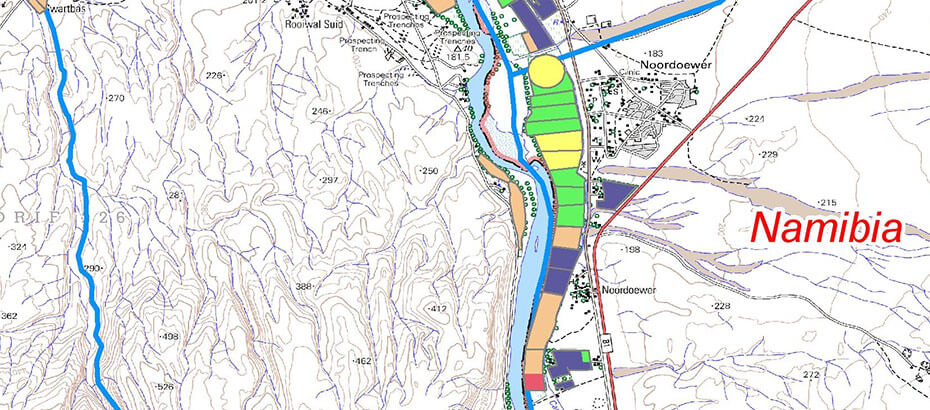
Geographical Information Systems (GIS) has revolutionized geographic analysis and spatial decision support and has greatly enhanced our understanding of the real word though it’s mapping and spatial modelling capabilities. Although GIS software is becoming more powerful, less expensive and more user-friendly, GIS still remains the domain of a selected few who can operate and afford these systems. Since the introduction of web mapping tools such as Google Earth, accessibility to geographic information has escalated. Such tools enable anyone with access to a computer and the Internet to explore geographic data online and produce maps on demand.
Web mapping products have, however, a very narrow range of functionality. In contrast to GIS that focuses on spatial data capture, storage, manipulation, analysis and presentation, the function of web mapping tools is to visualize and communicate geographical data. The positive impact of web mapping tools suggests, however, that GIS has not yet developed to a level where anyone can use the technology to support spatial decisions and enhance productivity. A possible solution is to close the functional gap between web mapping tools and GIS to make spatial analysis more accessible, thereby promoting geographical awareness and supporting better spatial decisions
Web mapping products have, however, a very narrow range of functionality. In contrast to GIS that focuses on spatial data capture, storage, manipulation, analysis and presentation, the function of web mapping tools is to visualise and communicate geographical data. The positive impact of web mapping tools suggests, however, that GIS has not yet developed to a level where anyone can use the technology to support spatial decisions and enhance productivity. A possible solution is to close the functional gap between web mapping tools and GIS to make spatial analysis more accessible, thereby promoting geographical awareness and supporting better spatial decisions.
One of the CGA’s research focuses is on the development web mapping applications and web-based spatial decision support systems (SDSS) to demonstrate how the Internet can be used to deliver low-cost, user-friendly and interactive spatial analysis functionality to a wide audience.
- P10 – Donkergat
- P47 – PGWC Transport
- P51 – Soil salinity
